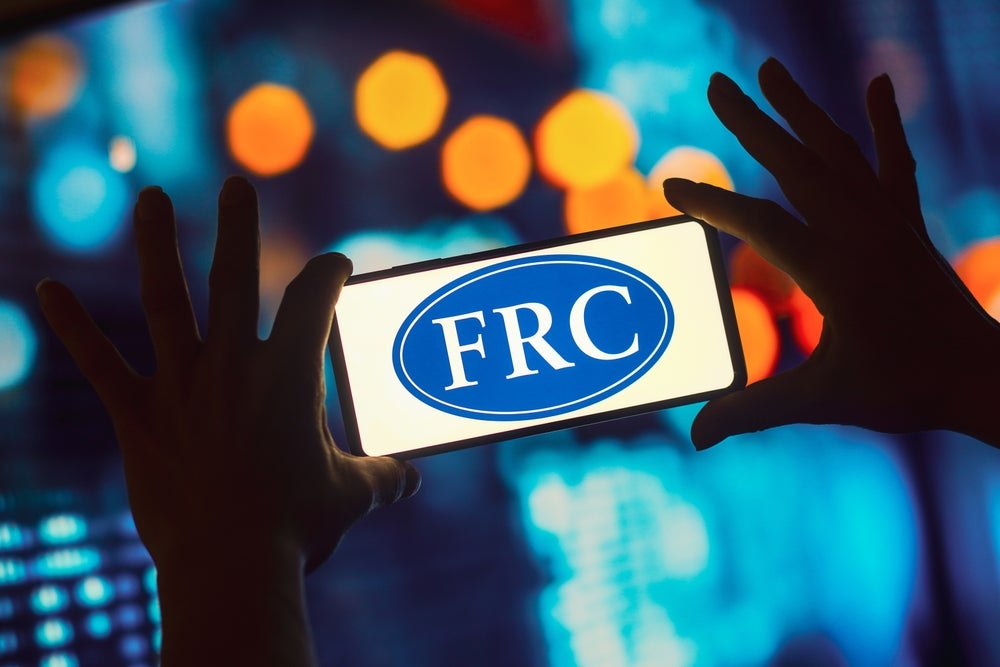What is Integrated Reporting and Why Does it Matter?
In mid-July, the deadline passed for responses to the International Integrated Reporting Council’s (IIRC) framework on integrated reporting. From ACCA’s research, there is much potential but also much still to be done to spell out the benefits to the most important audience of all – company investors.
In our response we highlighted to the IIRC our recent report Understanding Investors: directions for corporate reporting, in which no fewer than 93% of the investors surveyed said they thought it would be either ‘very’ or ‘quite’ valuable for companies to combine financial and non-financial information into an integrated reporting (IR) model. This is a good base from which to work.
As David Blood, of Generation Investment Management, one of the experts we spoke to in compiling the report, pointed out, while most companies in the post Global Financial Crisis era produce Corporate Social Responsibility (CSR) and sustainability reports along with the annual statements, there is limited linkage between these different outputs. ‘Most ESG (environmental, social and governance) disclosure is not currently conducive to mainstream use by investors, since these reports typically lack clear links with the company’s financial performance and long-term prospects for success’, he said.
And Guy Jubb of Standard Life Investments argued that IR would help the CSR and sustainability efforts by ‘identifying asset categories that are not captured in current reporting, and the value aspects of the company.’ And, he added, ‘it should help put the concept of stewardship right at the heart of the corporate reporting system, which is particular importance to shareholders’.
So what did the investors surveyed see as the potential benefits? This clearer linkage between sustainability and long-term performance came high in our list, together with an increased understanding of the future outlook of the company. This was followed by greater information on how long-term risks, such as climate change will affect the business model. All round, it is the wider insights into how corporate value is created that investors can see the benefit of.
But there are downsides, identified by our research. Complexity, lack of clarity, and a general lack of conviction that IR will actually achieve its goals were all apparent. There was a lack of consensus in terms of what exactly IR will look like. Lack of accepted standards was a related problem – the IIRC’s framework aims to overcome this, though there remain gaps in the framework that need to be fleshed out.
How well do you really know your competitors?
Access the most comprehensive Company Profiles on the market, powered by GlobalData. Save hours of research. Gain competitive edge.

Thank you!
Your download email will arrive shortly
Not ready to buy yet? Download a free sample
We are confident about the unique quality of our Company Profiles. However, we want you to make the most beneficial decision for your business, so we offer a free sample that you can download by submitting the below form
By GlobalDataThe framework still needs to be fully field-tested, and it would help prospective preparers greatly if IIRC were able to provide case studies of best practice across a range of different organisations. These would also help promote adoption and aid compliance in an area where, as our survey shows, there is much enthusiasm but little awareness.
One key grey area still exists with regard to the relationship between the integrated report and other forms of reporting, such as statutory narrative reports and sustainability reports. Duplication must be avoided and IR needs to find a suitable accommodation with those other reporting requirements, if it is to take off. IIRC should work with other regulators and standard setters to iron out any problems in this area that could emerge as barriers to adopting IR.
ACCA has produced its own integrated report for the last two years, so we have a first-hand view of the challenges that the IIRC and prospective preparers face. One specific element of the draft framework that needs to be addressed is the extent to which preparers should aim to keep their reports to a certain size. While the focus on keeping reports concise is important, it should not override the need for the report to be sufficiently informative to reflect the complexity of the affairs of many organisations and the range of information needs of stakeholders, including providers of financial capital.
The framework also needs to contain more informed guidance and good examples to strike the right balance between transparency in reporting on the one hand and commercial sensitivity and exposure to risks in respect of forward-looking information on the other.
ACCA’s view has been informed by participating in roundtable discussions and events based on the consultation in several countries, including the UK, Singapore and China. The potential is definitely there. But work on ironing out uncertainties and meeting legitimate demands for more information still remains if investors are to demand integrated reports from their existing and target companies in the coming years.
Ian’s previous blog post
The ‘virtuous circle’ of trust





